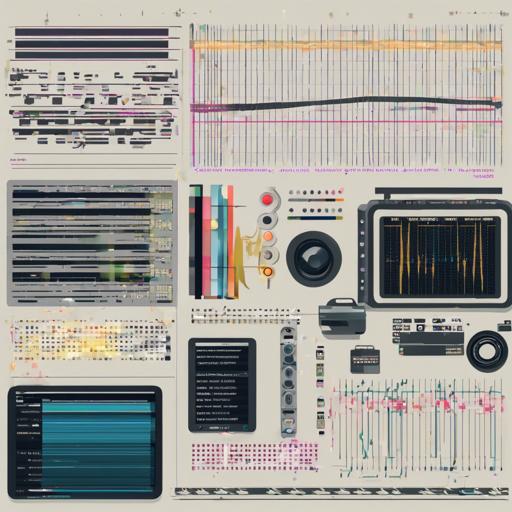Noisy audio files can be a significant hurdle when you’re working on audio processing projects. Fortunately, the audio-denoiser Python package comes to the rescue! In this blog, we will guide you through the steps necessary to utilize this exceptional tool for cleaning up your audio recordings.
Step-by-step Guide to Audio Denoising
1. Installing the Audio-Denoiser Package
To get started, you need to install the audio-denoiser package. This can be done easily using pip. Open your terminal (or command prompt) and type:
pip install audio-denoiser2. Importing the Necessary Libraries
Once installed, you can use the package in your Python scripts. You will first need to import the relevant libraries as shown below:
import audio_denoiser as denoiser3. Loading Your Audio File
The next step is to load the audio file that you wish to denoise. You can do this with the following code:
audio_file = 'path_to_your_audio.wav'4. Denoising the Audio
Now comes the fun part! Use the denoising function provided by the package:
denoised_audio = denoiser.denoise(audio_file)5. Saving the Cleaned Audio
Lastly, after you have denoised your audio, you would want to save it. This is done as follows:
denoiser.save(denoised_audio, 'cleaned_audio.wav')Understanding Denoising with an Analogy
Imagine you’re in a crowded café, trying to have a conversation with a friend. The background noise makes it hard to hear each other clearly. Now, picture going through that café with a special app that filters out the chatter, leaving just your voices audible. This app is akin to the audio-denoiser package—it focuses on filtering out unwanted noise from an audio file while preserving the integrity of the primary sound, much like enhancing your conversation amidst the café chaos.
Troubleshooting Common Issues
While using the audio-denoiser package, you might encounter some issues. Here are some troubleshooting tips:
- Issue: Package Not Found – Ensure that you’ve installed the package correctly using pip.
- Issue: Unsupported Audio Format – The audio-denoiser might only support certain formats (typically WAV). Convert your audio file to the correct format and try again.
- Issue: Denoised Audio Sounds Bad – Sometimes, aggressive denoising can lead to artifacts. Experiment with different settings or consider retraining the model on your specific audio dataset.
For more insights, updates, or to collaborate on AI development projects, stay connected with fxis.ai.
Conclusion
In summary, the audio-denoiser package is a powerful tool that can help you clean up your audio recordings effortlessly. With the instructions and tips provided above, you should be well-equipped to tackle any noisy audio project.
At fxis.ai, we believe that such advancements are crucial for the future of AI, as they enable more comprehensive and effective solutions. Our team is continually exploring new methodologies to push the envelope in artificial intelligence, ensuring that our clients benefit from the latest technological innovations.

